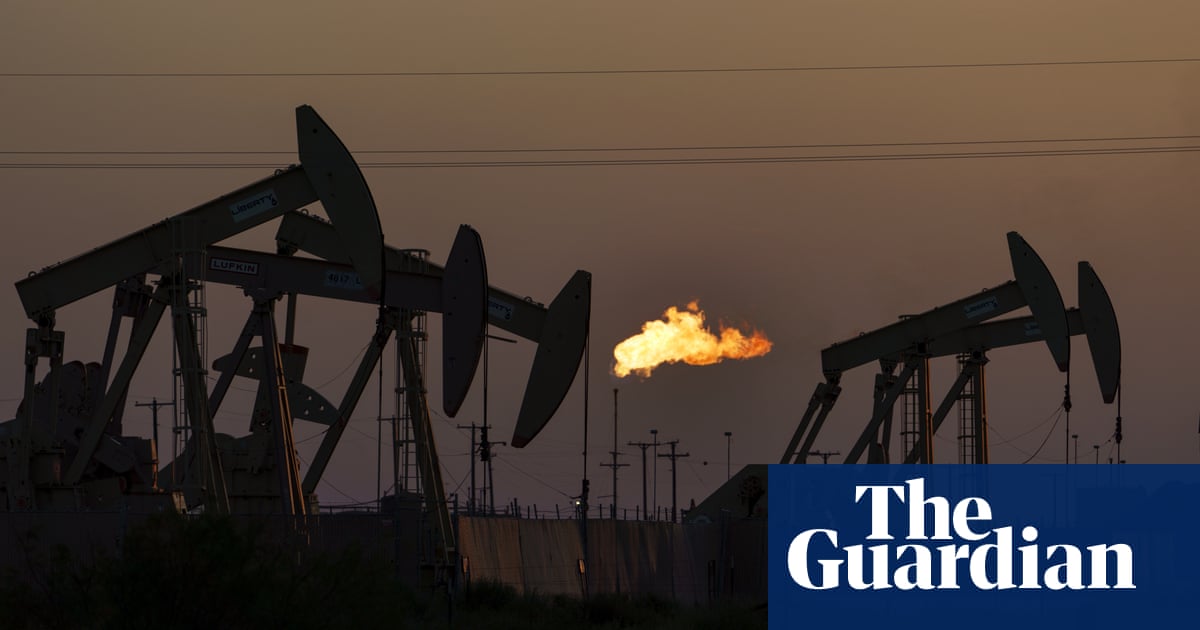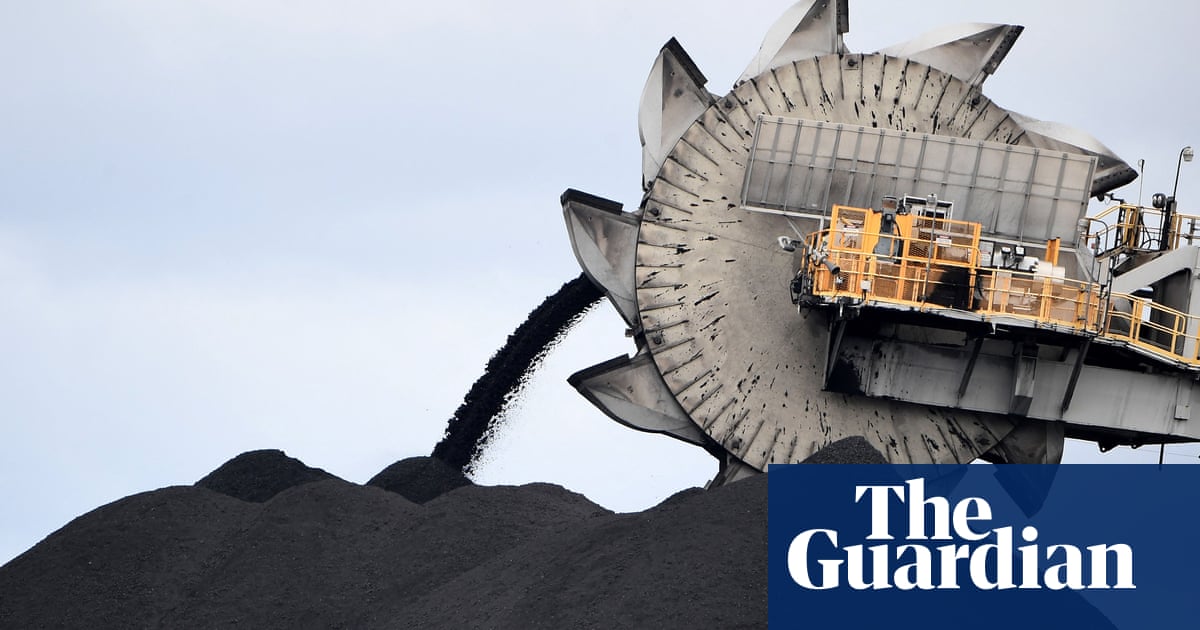
A fifth of Australia’s major coal, gas and oil facilities emit significantly more greenhouse gas than originally estimated when they submitted their plans to governments for approval, an investigation has found.
In the worst cases, some fossil fuel developments now emit more than 20 times what was expected before they were given the green light, according to a report by the Australian Conservation Foundation (ACF).
Campaigners say the emissions blowout, documented in an 18-month project by ACF researchers and Australian National University students, demonstrates a lack of proper regulation of carbon pollution at a state or federal level.
While emissions estimates are included in many development applications, there is no requirement that companies keep their carbon pollution to the estimated level.
The ACF lead environmental investigator, Annica Schoo, said it was evidence policies that were promised to keep a lid on industrial emissions, such as the federal government’s safeguard mechanism, were not effective in their current form.
She said that no state or federal authority was dealing with the issue adequately despite some attempts by the New South Wales independent planning commission.
“These emissions blowouts matter because the extra pollution is supercharging our climate problem,” she said. “I don’t think we can expect companies to know exactly what their emissions are going to be in advance, but I think it needs to be in the ballpark of what is approved. One in five polluting significantly more than estimated is not in the ballpark.
“When a company says it will knock down three trees and it knocks down four, that’s a problem that regulators deal with. Why isn’t carbon emitted into the atmosphere being treated in the same way?”
The report found few emissions estimates in environmental impact statements submitted by fossil fuel proponents during the approval process were accurate. Some sites ultimately emitted less than forecast, but one in three emitted more. Some of the breaches were small, and due to changes over time in the way the impact of methane – a particularly powerful greenhouse gas – was calculated. But one in five were significantly above the initial estimate.
Sites well above their initial emissions estimate included coal mines and gas developments across the country. The most significant gap between estimated and actual emissions was found to be at Chevron’s Gorgon gas development in northern Western Australia. Over four years it released the equivalent of 16m tonnes more carbon dioxide than the company forecast in an environmental impact statement submitted to the state government, according to the ACF report.
The emissions at Gorgon have even exceeded what the company said would be the worst case scenario if a carbon capture and storage (CCS) project at the site – under which emissions from a gas well are pumped back underground, not released into the atmosphere – had not worked.
A Chevron spokesperson did not directly respond to questions on the difference between Gorgon’s estimated emissions at the approval stage and in practice, but said some assumptions in the report appeared incorrect. After a delayed start, the company had now stored 5.5m tonnes of emissions at the site, the spokesperson said.
Jackson Balme, one of the ANU students involved in the investigation, said they read environment impact statements for hundreds of projects to compare emissions estimates with actual recorded carbon pollution, but only 48 had complete data. They contacted the owners of 11 facilities that had underestimated their carbon pollution but only one responded, and it was deemed not to have provided sufficient information to explain the discrepancy. ACF said their findings were verified by its investigations team, including former federal department staff members.
Guardian Australia asked the Morrison government and relevant federal departments and agencies a series of questions about the ACF report. A spokesperson from the Clean Energy Regulator said: “The Clean Energy Regulator has looked at the report. It contains errors of fact and analytical flaws. We will respond to those in due course.”
Examples of emissions discrepancies cited in the report include Anglo American’s Grosvenor metallurgical coalmine in central Queensland which started mining again this week, 21 months after a gas explosion seriously injured five workers.
The coalmine was previously emitting about double the emissions that were estimated when it was approved. Schoo said it was a clear example of the failure of the safeguard mechanism, which the Coalition promised would prevent increases in industrial emissions effectively wiping out cuts from a taxpayer-funded offset scheme, the $4.5bn emissions reduction fund.
In practice, companies have often been allowed to increase their carbon pollution under the safeguard without penalty. Analysis by the research firm RepuTex found emissions covered by the safeguard had increased 7% since it began in 2016. Industry representatives and climate activists have said it made the scheme a waste of time.
Sign up to receive an email with the top stories from Guardian Australia every morning
The ACF report said an Anglo American emissions reduction project next to the Grosvenor mine that captures methane and burns it to make electricity had received about $5m from the government to avoid about 460,000 tonnes of emissions.
At the same time, the mine was found to have emitted 2.5m tonnes more than would have been expected when it was approved. Its emissions limit under the safeguard mechanism – known as a baseline – had been set above the initial estimate. This was allowed because the limit was set independently of the pre-development estimate.
“It’s a really good example of the safeguard mechanism failing,” Schoo said.
“We’re spending a lot of taxpayer’s money on the emissions reduction fund, on offsets, but we are not dealing with this really low-hanging fruit when it comes to preventing carbon pollution entering the atmosphere in the first place.”












